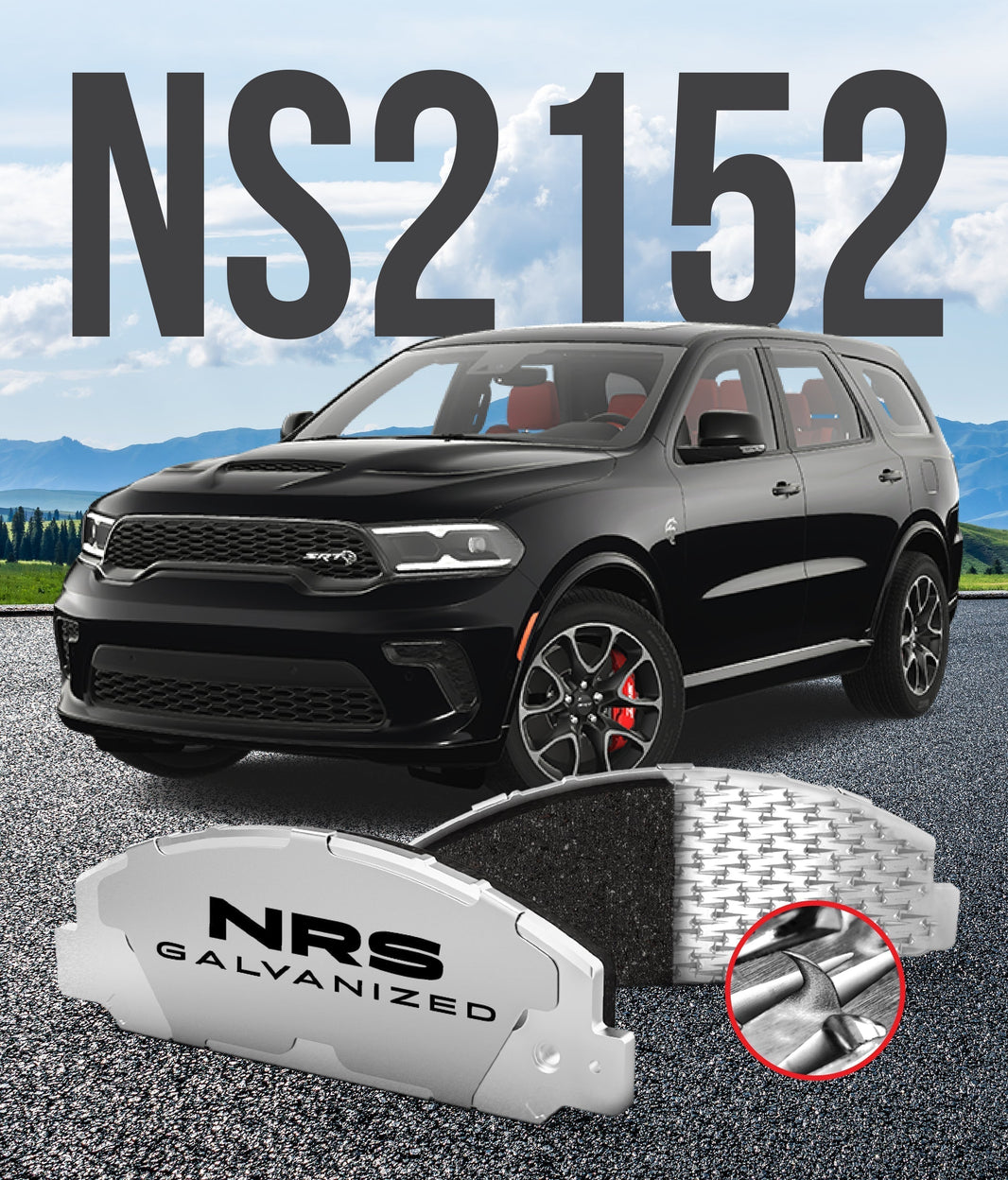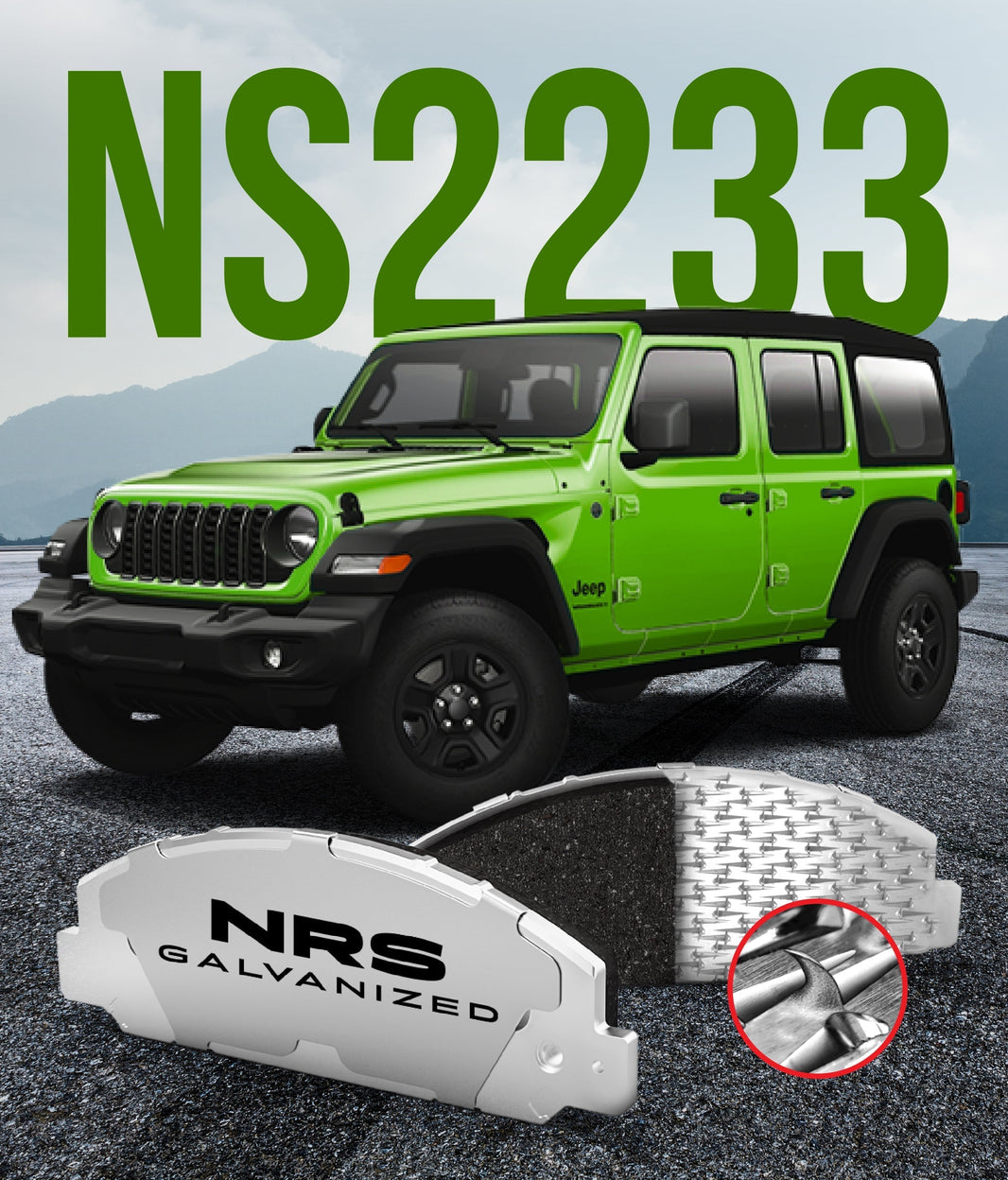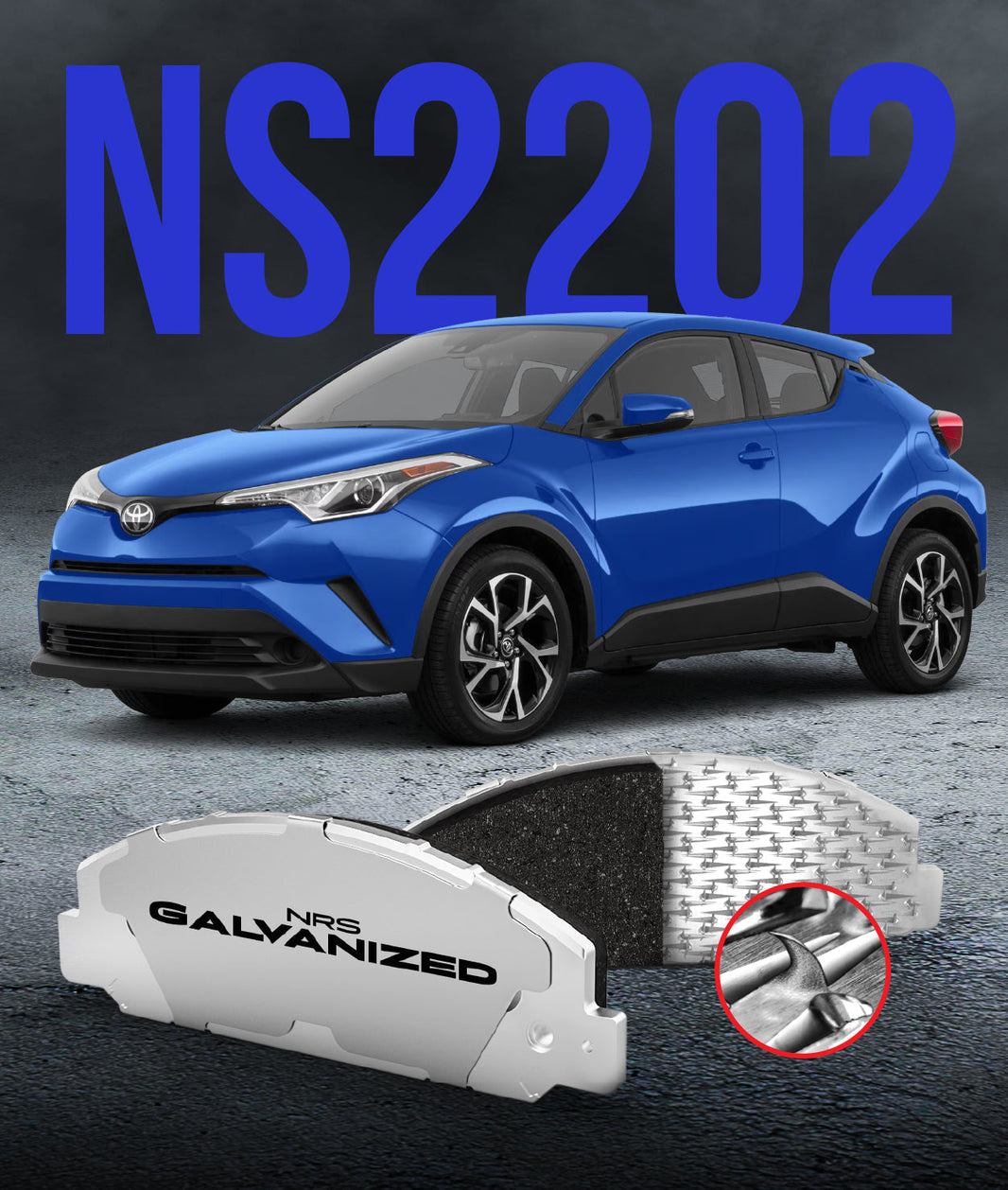
Consider for a moment the immense energy of a fully loaded, 80,000-pound commercial truck moving at highway speed. Now, consider the incredible force required to bring that truck to a safe and controlled stop. For decades, the industry relied on a complex drum brake system to handle this task, but a simpler, more powerful technology has emerged as the new standard for safety and performance.
That technology is the air disc brake. It represents one of the most significant advancements in commercial vehicle safety in the last fifty years. This guide will explain how air disc brakes work, why they are superior to older designs, and how they contribute directly to the safety of your drivers and the efficiency of your fleet.
The Old Guard: A Quick Look at S-Cam Drum Brakes
To appreciate the innovation of air disc brakes, you must first understand what they replaced. The traditional S-cam drum brake system has been the workhorse of the trucking industry for generations. It uses compressed air to rotate an S-shaped cam, which forces two brake shoes outward against the inside of a spinning iron drum.
While effective, this design has notable drawbacks. It is mechanically complex, with many moving parts that require regular lubrication and adjustment. Its greatest weakness is its susceptibility to brake fade, as the enclosed drum design traps heat during heavy use, reducing the brake’s effectiveness.
The Modern Solution: How Air Disc Brakes Work
The air disc brake takes the proven, thermally efficient design of a passenger car’s disc brake and scales it up for heavy-duty use. It replaces the complex S-cam and drum with a massive, solid rotor and a powerful caliper. This creates a simpler, more direct, and more effective braking system.
Think of it as upgrading from a complex, multi-lever mechanical typewriter to a direct and responsive keyboard. When the driver applies the brakes, compressed air acts on a chamber, which moves a pushrod. This pushrod activates a lever mechanism inside the caliper, applying immense clamping force and pressing the brake pads against the spinning rotor.
The Performance Advantage: Why Air Disc Brakes are Superior
The shift toward air disc brakes is driven by their clear and measurable performance benefits. They provide a greater margin of safety in all conditions, from routine stops to emergency maneuvers. Their design directly addresses the primary weaknesses of traditional drum brakes.
These advantages contribute to driver confidence, vehicle control, and overall road safety.
Significantly Shorter Stopping Distances
The design of air disc brakes allows for more consistent and powerful braking force. This translates directly into shorter stopping distances, a critical factor in collision avoidance. This performance helps modern trucks easily meet and exceed the strict stopping distance requirements of Federal Motor Vehicle Safety Standard 121 (FMVSS-121).
A few feet can be the difference between a close call and a serious accident. The superior power of air disc brakes provides that crucial margin of safety.
Superior Fade Resistance
One of the most significant advantages of air disc brakes is their ability to manage heat. The rotor and caliper are exposed to the open air, allowing heat to dissipate rapidly. This is a stark contrast to a drum brake, which traps heat inside the drum.
This excellent cooling means the brakes are far more resistant to fade during long downhill grades or repeated, heavy braking. The brakes remain effective and responsive when they are needed most. This consistent performance is a major safety benefit for any commercial vehicle.
Improved Vehicle Stability
Air disc brakes provide a smoother, more linear brake feel for the driver. They are less prone to pulling or grabbing than drum brakes can be. This results in more stable, predictable braking performance.
This stability reduces the likelihood of brake pull or imbalance, which gives the driver more confidence and better control over the vehicle during a hard stop. A stable truck is a safer truck.
A Fleet Manager's Checklist: Maintenance and Cost Benefits
Beyond the clear safety improvements, air disc brakes offer compelling advantages for fleet operations. The simpler design translates into faster service, reduced maintenance, and less vehicle downtime. These benefits have a direct positive impact on your bottom line.
For any fleet manager, the business case for air disc brakes is just as strong as the safety case.
-
Faster Pad Changes: Replacing the brake pads on an air disc brake system is a much faster and simpler job than relining a drum brake. This significantly reduces labor costs and gets your vehicle back on the road earning revenue more quickly.
-
Reduced Rotor Wear: A well-engineered air disc brake system with high-quality pads is designed for excellent compatibility with the rotor. This reduces wear on the most expensive component of the assembly, extending its service life.
-
Elimination of Slack Adjusters: Drum brakes require slack adjusters to compensate for shoe wear, which need to be checked and adjusted regularly. Air disc brakes are inherently self-adjusting, completely eliminating this common maintenance task.
-
Simplified Inspections: Most air disc brake calipers feature simple and effective visual wear indicators. This allows a technician to check the remaining pad life quickly and accurately without removing the wheel.
The Critical Component: The Brake Pad Itself
The performance of the entire air disc brake system is ultimately dependent on the quality of the brake pad. A heavy-duty truck places forces on its brake pads that are orders of magnitude greater than those in a passenger car. The pad must be engineered to withstand this punishment.
A superior air disc brake pad must exhibit several key properties. Choosing a pad that meets these criteria is essential for safety and reliability.
-
A Stable Friction Material: The pad’s friction compound must provide consistent stopping power across a huge range of temperatures. It must also do so without causing premature or excessive wear to the brake rotor.
-
Excellent NVH Engineering: The pad must be designed to operate quietly. A noisy brake can lead to driver complaints and unnecessary service inspections, costing your fleet time and money.
-
High Shear Strength: The friction material must stay securely attached to the backing plate under the immense shear forces of a heavy stop. A failure of this bond is a catastrophic event.
-
Corrosion-Resistant Backing Plate: The steel backing plate is the pad's foundation. It must be able to resist rust to prevent rust jacking, which can destroy the pad from the inside out.
Conclusion: A New Standard for Safety
Air disc brakes represent a major leap forward in commercial vehicle technology. They offer substantial, measurable improvements in stopping power, heat resistance, and vehicle stability when compared to traditional drum brakes. For fleet managers, they also offer significant maintenance benefits that reduce labor costs and minimize vehicle downtime.
The adoption of air disc brakes is a direct and powerful investment in the safety of your drivers and the public with whom they share the road. At our company, we have engineered what we believe are the Best Brake Pads for these demanding systems, using galvanized steel and mechanical attachment to ensure zero failures. We know that in the world of commercial transport, reliability is not just a feature; it is the foundation of your entire operation.
What do you consider the most important factor when specifying brake components for your fleet?




